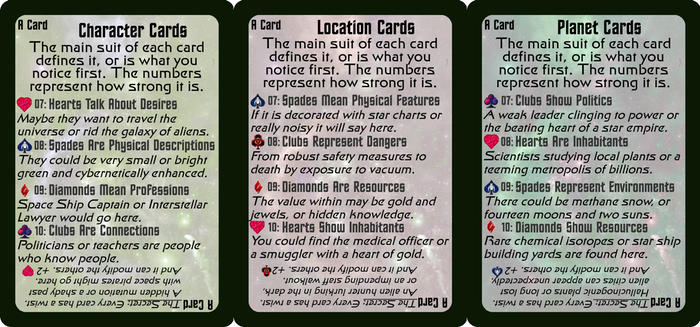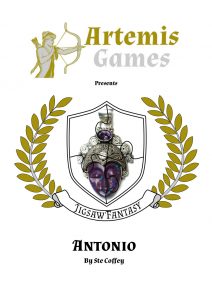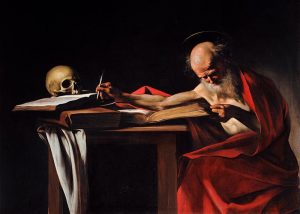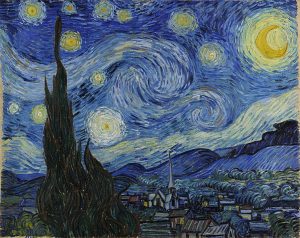The Changes
Patreon are changing their fee structure, as of the 18th of December – it’s simpler, but almost without fail, it’s going up. More drastically they’re moving the onus of these fees from the creators to the backers.
Currently if you back a project for a given amount you pay that much (plus VAT or similar if you’re in the EU). Patreon then take their fees out of that and pass the rest onto the creators – they take a cut, plus the card companies take a cut, and so forth, and the end result is 2-10% of the amount you pledge goes on processing fees, and Patreon take another 5% – this means 7-15% of your pledge does not go to the creators. That percentage varies depending how much you are backing in total over however many projects you back, so the precise amount a creator gets is a little bit unpredictable.
However, the new structure passes that onus onto the backers – they will now charge a flat 2.9%, plus 35¢ per pledge (plus VAT or similar in the EU). They are also keeping their 5% fee. This means the amount a creator gets is far more predictable, and that creators get the amount you say you want to pledge to them. However it also significantly raises the amount backers pay. The amount the backer pays becomes ((<pledge>+2.9%)+0.35¢)+20%, and we get <pledge>-5%.
Of course Patreon have to charge for their services – they have costs, and being a business I’m sure they would like to make a profit as well. That is in no way the issue here.
Examples
We have three backers levels, at $1, $3, and $5, so let’s use those numbers. I’ll assume VAT at 20% as it currently is in the UK (but working in US dollars because that’s what Patreon works in!). Let’s also add a theoretical $25 pledge.
Your pledge Old system New system
. You pay We Get | You Pay We Get
$1 $1.20 $0.85 – $0.93 | $1.66 $0.95
$3 $3.60 $2.55 – $2.79 | $4.13 $2.85
$5 $6.00 $4.25 – $4.65 | $6.56 $4.75
$25 $30 $21.25 – $23.25 | $31.29 $23.75
Now, if you back a single Patreon project for a moderate amount of money, the change is not *that* big. However if you back, say, twenty-five projects for a dollar each, you’ve just gone from spending $30 to spending $41.50 (possibly a few cents less, depending how they aggregate and round things) – yet if it were a single pledge of $25 to one creators the increase would be $1.29, rather than $11.50!
Art – a side note
On top of this, they’re changing the way creator’s pledges work. Currently if you create a project and get money in you can spend that money on other Patreons without any processing fees – if we pledge $5 to a project for, say, art we can use in our project, the creator gets $5. They are now going to be charging creators the processing fees on those pledges too despite the fact that as it’s an internal transaction from Patreon to themselves there are no fees for them to pay!
So what do we do?
Well therein lies the problem – we don’t really know!
We are not happy about this, and do not want to reward their behaviour. Further we fear this could be the beginning of the end for Patreon and don’t want to hang around too long on a sinking ship – we have already lost some backers, and expect to lose more when people see larger bills than they are expecting come January.
There are other platforms we could use, the most important of which is Drip, which is as far as I can tell, basically Kickstarter’s answer to Patreon – if you have a Kickstarter account you can back a Drip project already, but they are only allowing creators by invite at the moment, and we don’t know when that will change. (The name is awful, but the user base makes it worth looking past that for us!).
One thing we will definitely be doing is setting up “Subscription” bundles on DrivethruRPG – essentially it works as regular bundle except that not everything in it has been released yet, and is only added when it is. We’d probably look at 3, 6 and 12 month bundles, which would be paid up front. (as a side note, these would make wonderful Christmas presents for the GM in your life!)
We have a few options:
- Remain on Patreon for the time being. Possibly move to Drip when it opens to the public.
- Set up a subscription service via Paypal. Again, look at Drip when it opens.
- Shut down until Drip opens. This would be more palatable if we knew when that was – a month or two would be no problem, six months would be.
- Move to another platform. This would likely have a far smaller user base. When we were setting up this project much of our interest came from previous Kickstarter projects, and we frequently heard “But I don’t want to set up another account on another site” or similar.
- Move to a donation model and releasing everything for free (with donors probably getting pieces early) – again this would be via another site, possibly Flattr.
- Just release pieces on DrivethruRPG and allow them to be purchased when released. Using just the bundles described above has the drawback of lumpy cash-flow, both for us and for backers – a few dollars a month is much more palatable than one lump sum and then nothing – and DrivethruRPG has fees that are comparable to Patreon’s new ones (if somewhat more honest).
- Something else we haven’t thought of.
We really, really need your help here, so please tell us which of the options you would like (especially when you would spend money) in the comments wherever you found this, or by following this link and filling in the form.
In Conclusion
Patreon have made what we consider to be a grave error in this change, but we are not sure what we should do in response. We do not begrudge them taking a cut – they have costs as well – but the hike in price, especially on those who spread their generosity around the most, is probably going to do more harm than good for us, for them, and for you.
While we’ve got you…
Last week we asked about your preferred named for our coming rebranding – changing platform would appear to also be unexpectedly on the cards for that rebranding. Can we ask you to tell us which names you prefer.
Please follow and like us:








